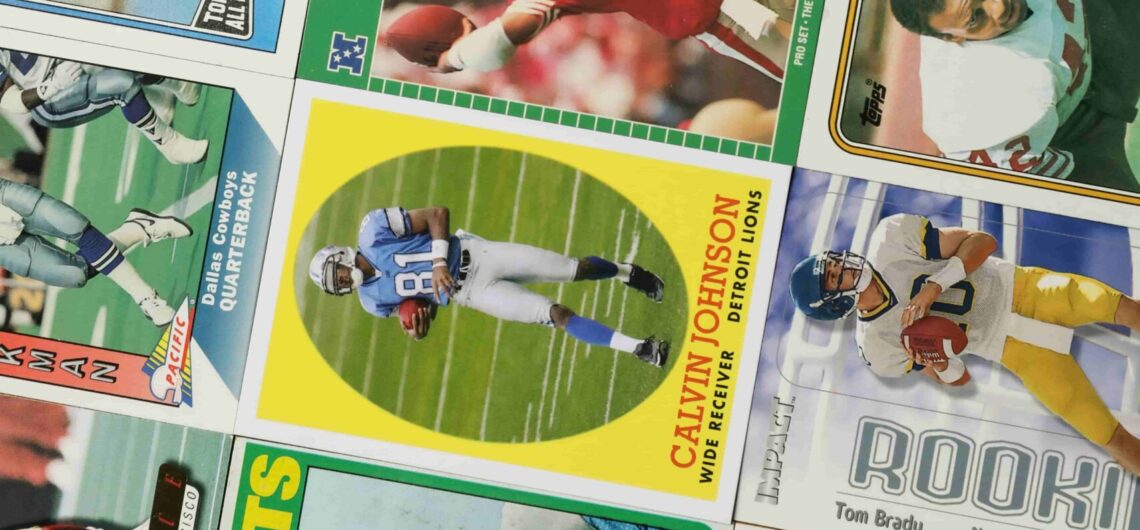
The Junk Wax Era: A Flood of Cards and Faded Dreams
In the world of sports card collecting, few terms stir as much nostalgia—and frustration—as “Junk Wax.” These cards, primarily baseball but also spanning basketball, football, and hockey, hail from a unique chapter in the hobby’s history. But why the quirky name? When did this era dominate? And what are these cards worth today? Let’s unpack the story of the Junk Wax Era.
Why “Junk Wax”?
The name “Junk Wax” is a blend of practicality and disappointment. “Wax” comes from the wax-sealed packs these cards were sold in during the late 1980s and early 1990s—a tactile memory for anyone who ripped open a pack back then. “Junk,” however, reflects their fate: mass overproduction left them nearly worthless. From 1986 to 1993 (though some argue it stretches to 1995), card companies like Topps, Fleer, Donruss, and Upper Deck churned out millions upon millions of cards to meet a booming demand. Collectors, fueled by tales of rare vintage cards like the T206 Honus Wagner fetching fortunes, hoarded them, expecting future riches. Instead, the sheer volume drowned their value, turning potential treasures into “junk.”
The Peak of the Era
The Junk Wax Era kicked off around 1986, when the sports card market exploded. Baseball led the charge, with rookie cards of stars like Barry Bonds and Greg Maddux hitting shelves. By 1989, Upper Deck’s glossy debut set, featuring Ken Griffey Jr.’s iconic rookie, upped the ante. The early ‘90s saw production peak—Topps alone reportedly printed 5 million copies of each card in 1991. Speculation soared; kids and adults alike bought packs at gas stations and toy stores, dreaming of investment gold. But the 1994 MLB strike halted the frenzy, cooling interest and exposing the oversupply. By the mid-‘90s, the bubble had burst, and the era faded.

What Are They Worth Today?
So, are Junk Wax cards valuable? Mostly, no. The oversaturation means even rookie cards of Hall of Famers like Derek Jeter or Frank Thomas are common, often worth just pennies in raw condition. A 1990 Fleer pack might still cost a dollar, but the cards inside rarely exceed that. However, exceptions exist. High-grade examples—think PSA 10s—of standout cards like Griffey’s 1989 Upper Deck or Jeter’s 1993 SP Foil can fetch hundreds, even thousands, due to their pristine rarity. Rare errors, like the 1990 Donruss Juan Gonzalez reverse negative, also hold value for niche collectors. Still, 99% of Junk Wax remains sentimental rather than lucrative—think bike spokes, not bank vaults.
A Lasting Legacy
The Junk Wax Era wasn’t just a bust; it reshaped the hobby. It taught manufacturers about scarcity, paving the way for today’s limited-run parallels and autographs. For collectors, it’s a time capsule of ‘80s and ‘90s sports culture—overproduced, yes, but dripping with nostalgia. So, next time you find a dusty box of 1991 Donruss in the attic, don’t expect a windfall. Instead, savor the memories of a time when every pack held a dream, even if the wax turned to junk.


